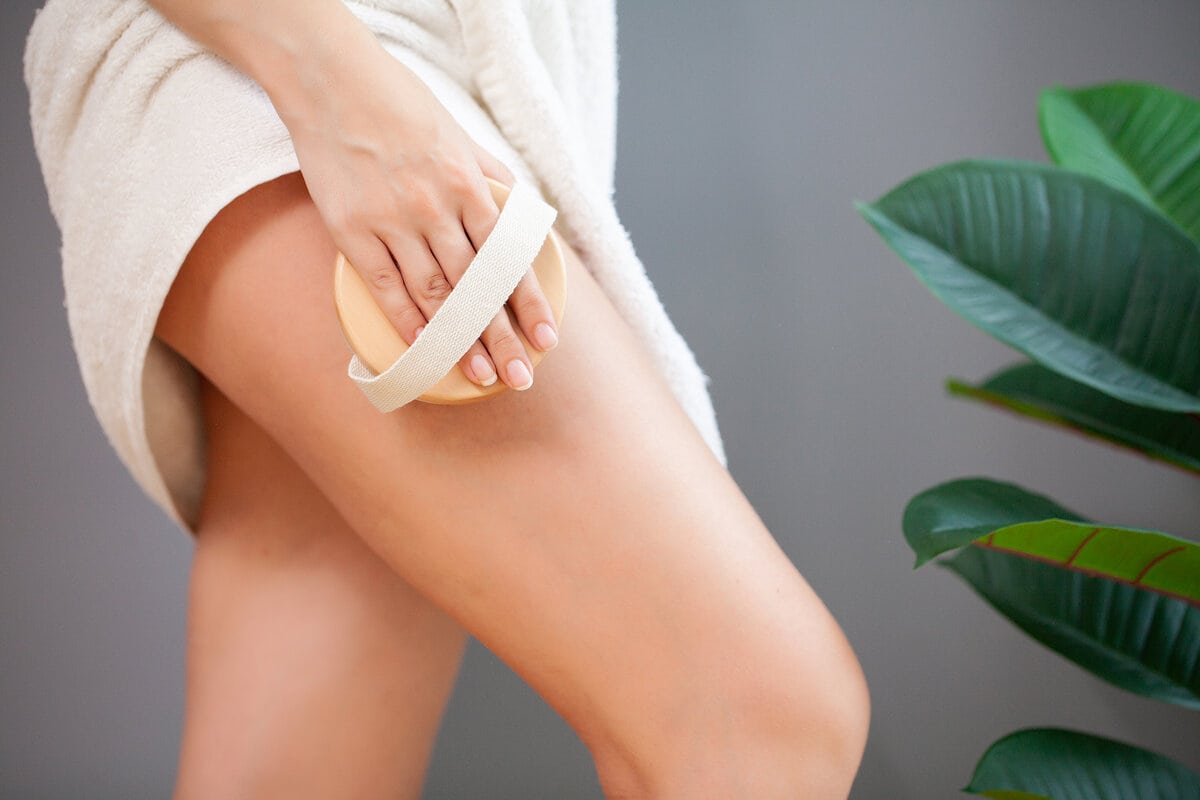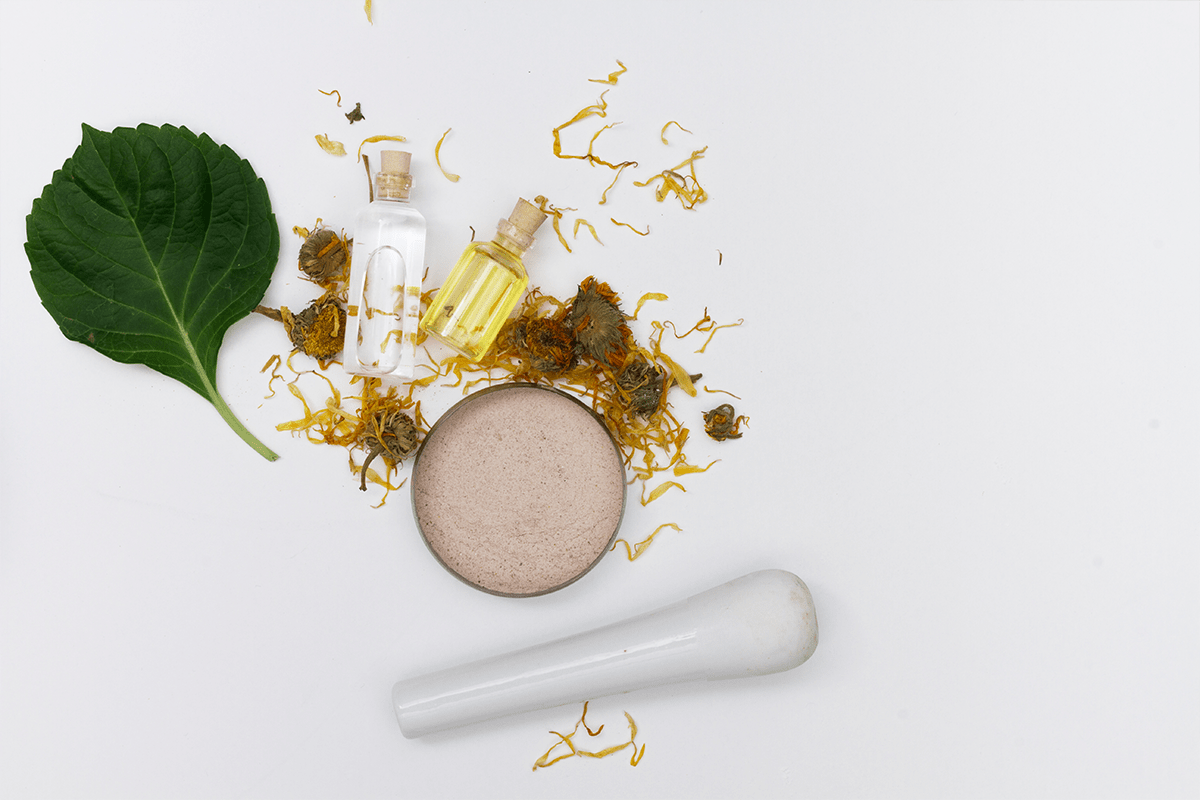Myths and truths about cellulite

Most women and a small number of men have cellulite, usually on the thighs, buttocks, abdomen and arms. Cellulite or lipodystrophy, as it is medically known, occurs after adolescence and this suggests that hormones play a role. It is more evident in women over 30 years of age.
Fat is fluid at body temperature. Accumulated in the subcutaneous layer, it is surrounded by connective tissue that creates small fat chambers that are subject to hormonal changes. These chambers are joined by connective tissue collagen to the skin. These thin fibrous ligaments are called septae or septae and separate the liquid fat into small chambers.
Elastic seams connect the skin to the underlying muscle and this normally creates a normal skin contour. But when there are changes in the diaphragms and the amount of fat, cellulite appears – skin dimples are created on the skin.
In cellulite, fibrous collagen blockages become dense and rigid. This hardening makes them contain larger and irregularly sized fat balls. Think of fat as water-filled balloons. The balloons change size and from soft they become irregular, thick, hard and rigid. As a result, when we apply pressure to the skin, it does not recede evenly as elsewhere or a less smooth skin contour appears.
Although the problem affects a large part of the female population, it is still unclear what causes and factors that affect cellulite. It is believed that the cause may be some damage to the blood vessels in the subcutaneous tissue and create poor blood circulation. The changes are due to genes and hormones. Research has identified some gene polymorphisms that affect the activity of the angiotensin converting enzyme (ACE) and disrupt tissue oxygenation [1]. Cellulite is less common in women of color and women of Asian descent. Mediterranean women are more likely to develop cellulite in the hips.
There are various myths about the fight against cellulite that are reinforced by the fact that an effective strategy has not yet been found to prevent it or to stop its deterioration. Here are some answers to common questions.
Cellulite and obesity
Cellulite is thought to be exacerbated by sedentary lifestyle and obesity, but this condition is not the result of a high Body Mass Index. Overweight women may not have cellulite and may be thin. Obesity is structurally different from cellulite. In obese people, the fat cells swell but the fibrous septa may remain thin and elastic without cellulite.
Cellulite and weight loss
Weight loss will be followed by fat loss. This can improve the appearance of cellulite but it does not always happen because the problem with rigid fibrous septa remains. Sometimes the problem can get worse with weight loss. In one study, the authors hypothesized that the severity of cellulite would be reduced by weight loss and subsequent reduction in subcutaneous fat. Indeed, this has happened to the majority of women, but the situation has worsened for some women. The improvement was associated with significant reductions in weight and fat percentage in the thighs.
Cellulite and massage
Poor blood circulation reduces collagen production and this increases the problem. Hand massage is considered to be good but any violent movement can break the cohesive tissue and make cellulite worse. Persistent strong massages that can injure the tissue should be avoided. In order to benefit, it is considered that daily massage should be done for 10-20 minutes.
Cellulite and creams
Cosmetic creams to soften dense fibrous septa have been shown to have some effect. Various local cosmetic ingredients have been reported, including methylxanthine (eg caffeine), retinoids, and botanical extracts that improve the appearance of cellulite [3].
Cellulite and diet
In one sense, glucose (the main carbohydrate) plays a role in cellulite. Untreated glucose binds to collagen and elastin fibers (rich in subcutaneous tissue), making them hard and stiff. That is why it is often recommended to avoid foods that contain a lot of sugar and simple carbohydrates. It should be noted, however, that to date there is no clinical study on the role of diet in cellulite.
Cellulite and smoking-alcohol
Smoking contributes to reduced blood circulation and worsens the quality of skin collagen as well as elastin. Alcohol also causes poor transport of nutrients, so it is considered a factor in the deterioration of cellulite.
Cellulite and exercise
Decreased muscle mass and lack of physical activity are thought to worsen cellulite, adversely affecting blood circulation within fat, so regular exercise is recommended.
Cellulite and treatment methods
What are the medical treatments? A number of non-invasive laser, wave therapy and radio frequency devices produce small and short-lived results. Thus, multiple treatment sessions are required which can make these approaches accurate. Liposuction, using a thin tube to absorb fat, can reduce obesity but only partially helps with cellulite. Excavation, a surgical technique in which a small blade or laser tube tries to make fibrous septa more elastic, is the treatment of choice for those seeking invasive treatment.
At Vita4you.gr you will find a wide variety of products for cellulite-tightening!
References
- vidence‐based treatment for gynoid lipodystrophy: A review of the recent literature.
- Effect of Weight Loss on Cellulite: Gynoid Lypodystrophy.
- Efficacy of cosmetic products in cellulite reduction: systematic review and meta-analysis.
- Health Check: what is cellulite?
Disclaimer
The content of this blogspot is not and can not be considered as medical advice, diagnosis or treatment. All information is provided to readers solely for informational purposes. There is no intention to substitute this content for personalized medical advice, diagnosis, prognosis or treatment.











Leave a comment